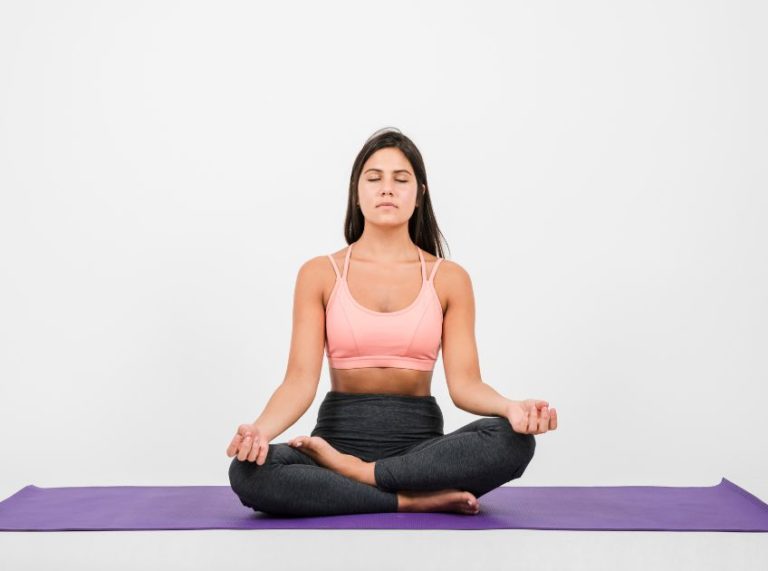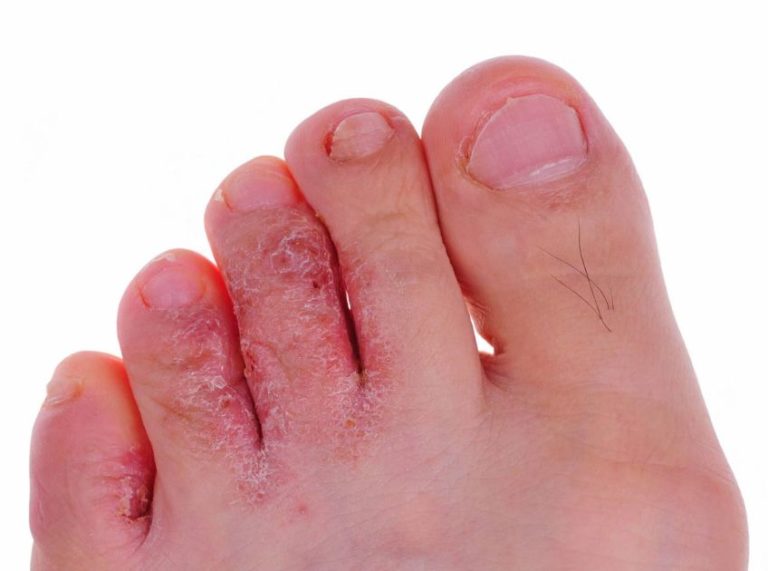
Important: This article is for informational purposes only. Please read our full disclaimer for more details.
High blood pressure, or hypertension, is often called the “silent killer” because it can damage the heart, blood vessels, and kidneys without showing obvious symptoms. While medication and lifestyle changes are often necessary, research suggests that something as simple as controlled breathing can significantly support blood pressure management.
Breathing exercises reduce stress hormones, improve oxygen flow, and activate the parasympathetic nervous system, which lowers heart rate and blood pressure. The best part? You can practice them anywhere, without equipment or side effects.
Best 6 Breathing Exercises to Lower Blood Pressure
1. Diaphragmatic Breathing (Belly Breathing)
This technique encourages fuller, slower breaths that reduce strain on the heart.
- How to Do It
- Sit or lie down in a comfortable position.
- Place one hand on your chest and the other on your belly.
- Inhale deeply through your nose, letting your belly rise.
- Exhale slowly through pursed lips, letting your belly fall.
- Continue for 5–10 minutes daily.
- Science Says: A study in Hypertension Research (2016) found that deep breathing helped reduce systolic and diastolic blood pressure in patients with hypertension (1).
2. Pursed-Lip Breathing
This exercise slows breathing and improves oxygen exchange, easing pressure on the cardiovascular system.
- How to Do It
- Inhale slowly through your nose for 2 counts.
- Purse your lips (like whistling) and exhale for 4 counts.
- Repeat for 10–15 minutes.
- Science Says: Research in the Journal of Applied Physiology (2015) shows that controlled exhalation through pursed lips reduces blood pressure and improves arterial function (2).
3. Resonance Breathing (Coherent Breathing)
Also known as “paced breathing,” this technique helps synchronize breath and heart rhythms.
- How to Do It
- Inhale for 5.5–6 seconds.
- Exhale for 5.5–6 seconds.
- Practice for 10–20 minutes daily.
- Science Says: A 2017 study in BMC Cardiovascular Disorders found that resonance breathing significantly lowered blood pressure in patients with hypertension (3).
4. Box Breathing (Square Breathing)
Originally used by Navy SEALs to stay calm under pressure, this exercise helps regulate stress responses.
- How to Do It
- Inhale through your nose for 4 counts.
- Hold your breath for 4 counts.
- Exhale for 4 counts.
- Hold again for 4 counts before repeating.
- Science Says: Research suggests that structured breath-holding and controlled exhalation activate the vagus nerve, leading to lower blood pressure and reduced stress (4).
5. Alternate Nostril Breathing (Nadi Shodhana)
A traditional yogic practice that balances energy flow and promotes calm.
- How to Do It
- Sit with your spine straight.
- Close your right nostril with your thumb and inhale through the left.
- Close the left nostril with your ring finger, open the right, and exhale.
- Inhale through the right nostril, switch, and exhale through the left.
- Continue for 5–10 minutes.
- Science Says: A 2013 study in the International Journal of Yoga reported that alternate nostril breathing lowered heart rate and blood pressure while improving overall relaxation (5).
6. 4-7-8 Breathing Technique
A simple yet powerful practice that promotes relaxation and lowers cardiovascular strain.
- How to Do It
- Inhale through your nose for 4 seconds.
- Hold your breath for 7 seconds.
- Exhale slowly through your mouth for 8 seconds.
- Repeat 4–6 cycles.
- Science Says: Studies indicate that the 4-7-8 method engages the parasympathetic nervous system, helping reduce stress-induced spikes in blood pressure (6).
What Science Reveals About Breathing and Blood Pressure
Modern research strongly supports the link between breathing techniques and cardiovascular health:
Slow breathing reduces sympathetic nervous system activity (the body’s “fight or flight” response), leading to lower blood pressure.
A review in Current Hypertension Reports (2019) highlighted that paced breathing at around six breaths per minute consistently lowers systolic and diastolic pressure (7).
Breathing interventions are now being integrated into non-pharmacological treatments for hypertension worldwide.
Frequently Asked Questions (FAQ’S)
Q1. How long does it take for breathing exercises to lower blood pressure?
A. Some techniques, like diaphragmatic breathing, can provide benefits within minutes. Long-term practice (daily for weeks or months) shows the most consistent improvements.
Q2. Can breathing exercises replace medication for high blood pressure?
A. No. They should be seen as a complementary therapy, not a substitute. Always follow your doctor’s advice regarding medication.
Q3. When is the best time to practice these exercises?
A. They can be done anytime, but practicing in the morning, before bed, or during stressful moments may offer the best results.
While lifestyle changes and medications remain essential for managing high blood pressure, breathing exercises are a safe, natural, and effective addition. From diaphragmatic breathing to alternate nostril breathing, these techniques not only calm the mind but also support long-term heart health.















